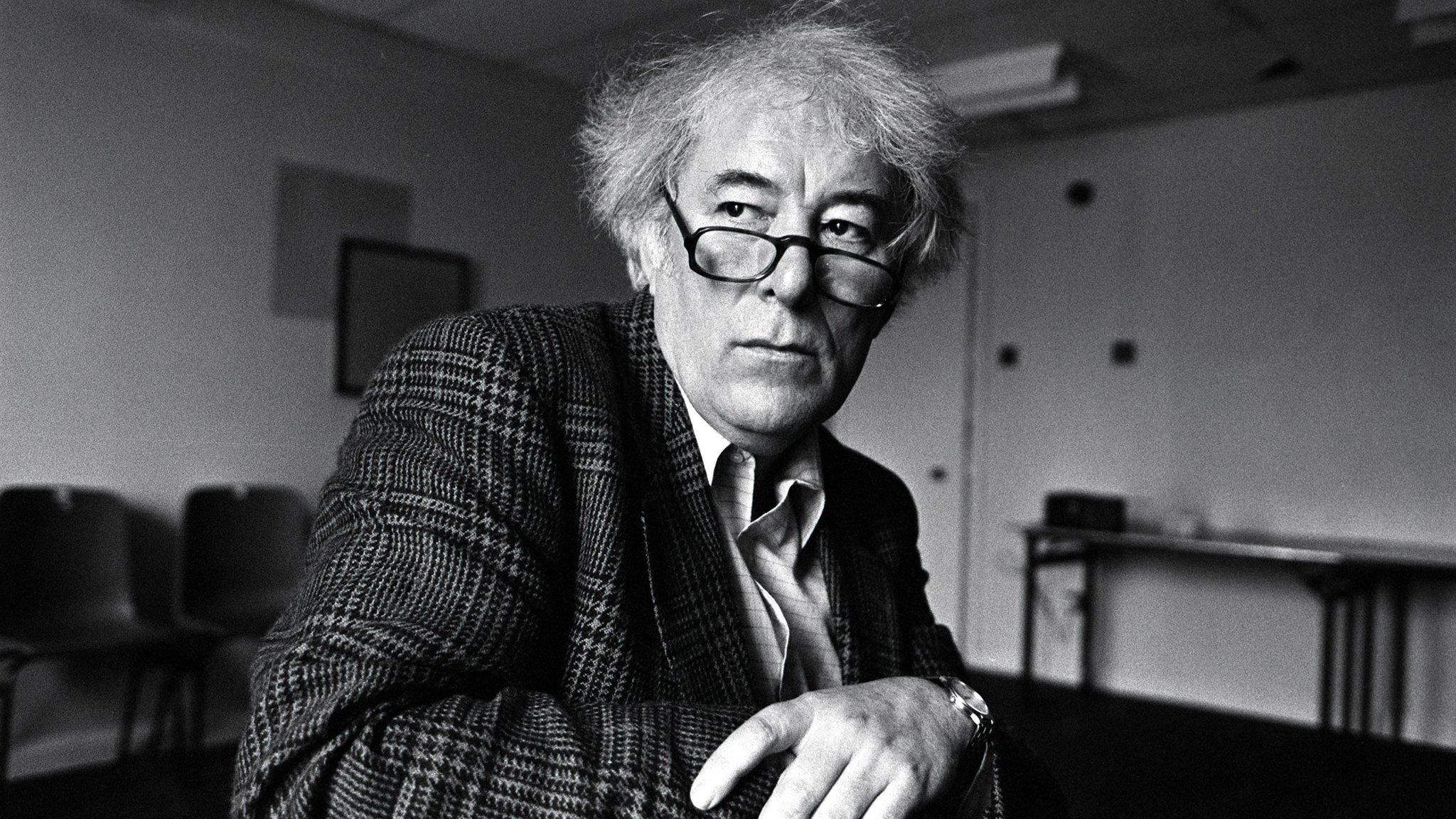Dublin exhibitions show Heaney's archive and religious treasures
- Published

Seamus Heaney was awarded the Nobel Prize for Literature
Ancient religious artefacts and Seamus Heaney's famous green passport are at the heart of two exhibitions packed full of gifts left to the Irish people.
Heaney's archive, on show in Dublin, was boxed up and driven to the National Library by the poet in 2011.
A stone's throw away is the Gift of a Lifetime exhibition at the Chester Beatty Library.
The contents were once owned by the library's funder, an Irish-American mining magnate.
Considered by many to be the greatest Irish poet since William Butler Yeats, Seamus Heaney gained an international following.
He died in 2013 aged 74, but through Seamus Heaney: Listen Now Again, at the Bank of Ireland Cultural and Heritage Centre, people can get a glimpse of how he worked.
This is not just a collection of his work curated by others - Heaney was the driving force behind it.
So keen was he that it should stay in Ireland, the poet brought the documents and manuscripts to the museum.
Exciting insight
Screens project the Nobel laureate talking about and reciting his poems.
Family photographs, the changing and different drafts of his poetry and a family lamplight once owned by WB Yeats are also on display.
Exhibition director Ann-Marie Smith said Heaney began to create the archive in 2011.
"He boxed them up in his home in Sandymount and drove to the National Library and delivered them himself," she said.
"People can come and see the different editions and drafts.
"I really love the love poem for his wife, Marie, called The Skunk. I will say no more because you have to come here to see why it's such a warm, loving poem."
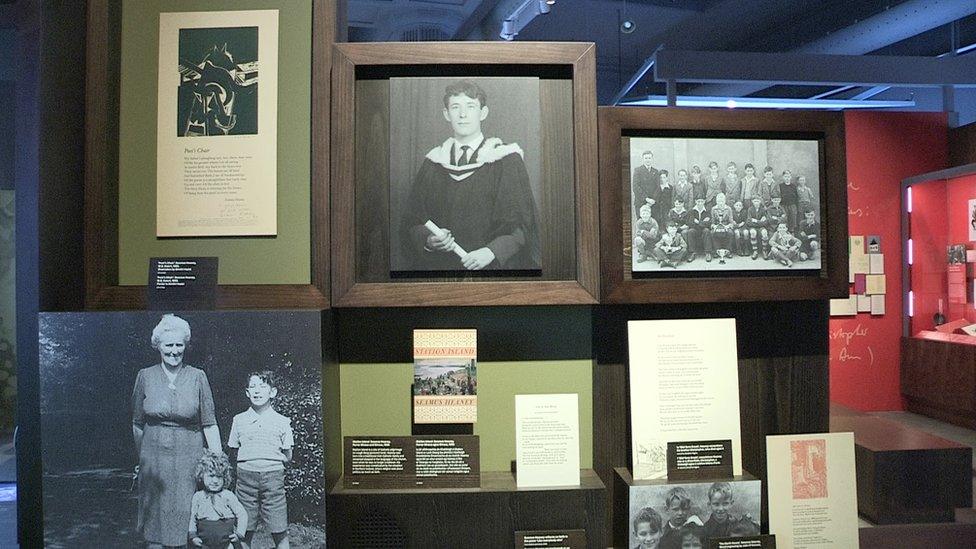
A selection of family photographs in the exhibition
Also on display is his signed copy of the Good Friday Agreement, his green Irish passport that he famously referenced because of his inclusion in a book about contemporary British poetry and his very simple working desk.
More than 50,000 people have visited the free exhibition since it opened in July.
Polina Manchenkova, who studied Heaney's poetry in Moscow, said: "It's wonderful to see his original drafts and pieces of paper and the whole process of his work."
"I'm thrilled to see the powers-that-be have gone to the trouble of putting on a fine exhibition like that for the man he was," said Ian McLaughlin.
Oisin O'Connor said: "It's great to see everything here about his work. It's so personal."

Chester Beatty left his library to the Irish nation
About a kilometre away in the grounds of Dublin Castle is the Chester Beatty Library.
He was an Irish-American with a keen interest in ancient religions and books who left his library to the Irish nation.
Some of those treasures are now on display in an exhibition called Gift of a Lifetime.
'Magnificent calligraphy'
Ancient Egyptian love poems written on papyrus, illustrated Moghul Empire pieces from India and a Chinese jade bowl with gold calligraphy are part of the treasure trove.
Three important Korans, the most famous of which is from Ibn Al Bawwab - almost like an Islamic version of the Book of Kells - can also be seen.
Fionnuala Croke, the library's director, said Ibn Al Bawwab was a calligrapher who lived in Baghdad around 1,000 AD.
"He didn't just copy the text in his magnificent calligraphy," she said.
"He also illuminated the manuscript.
"It's also very special because it's copied on paper. And it's a very early example of a Koran on paper rather than parchment."
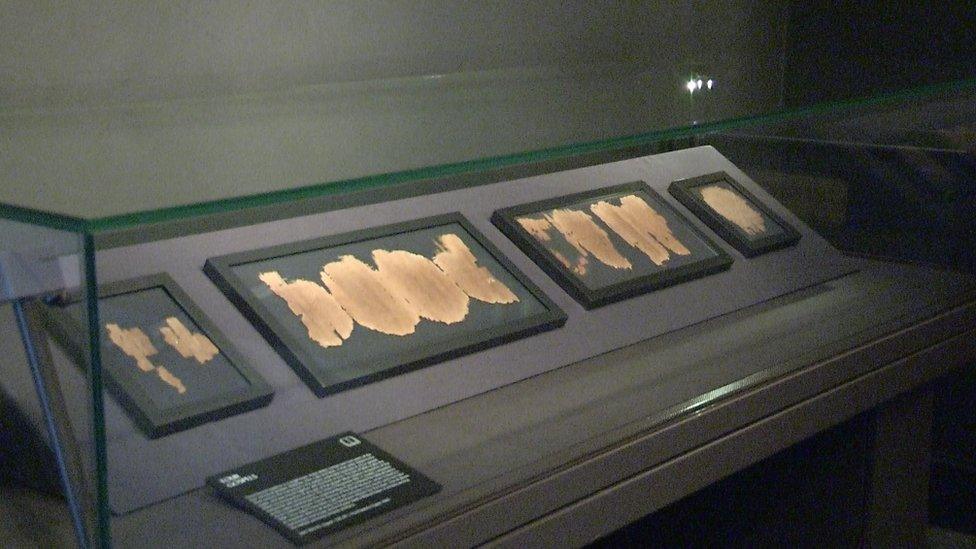
This papyrus was front page news in 1931
Also on display are the earliest known extracts on papyrus from the four gospels, bound together with the Acts of the Apostles dating from about 250 AD.
"When Chester Beatty acquired this papyrus material it was absolutely celebrated.
"It appeared on the front page of The Times in 1931 and the story was syndicated around the world," added Ms Croke.
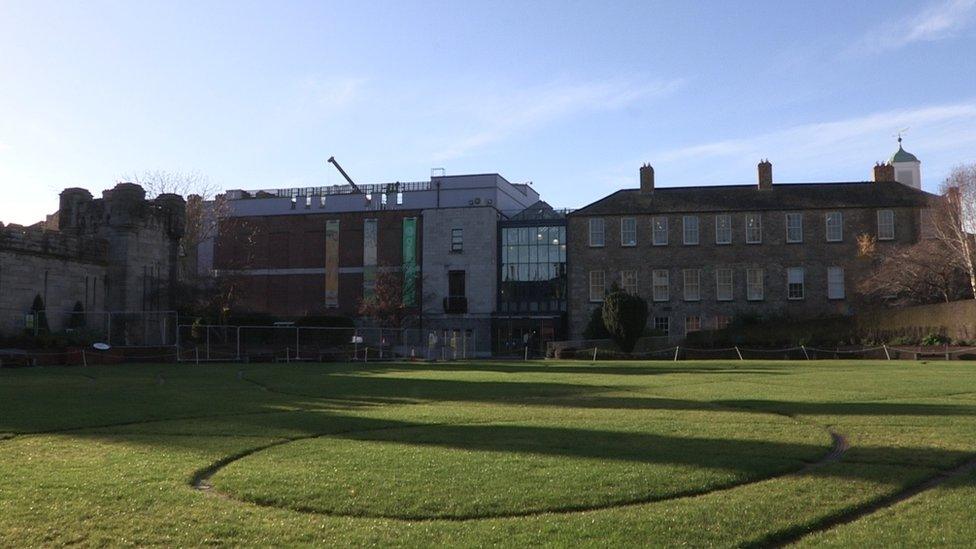
The Chester Beatty library is in the grounds of Dublin Castle
The exhibition, which includes items associated with other religions, is free and has so far attracted more than 33,000 visitors.
"There's a history of the New World written in the Arabic language in Persia, I think, that was amazing," said Jesus Iglesias
"It tells how America was discovered and how they imagine the animals that were there."
Egnar Sorensen added: "You don't expect to come to Ireland and see these really old scripts like the simplified hieroglyphics, which I quite like in the ancient Egyptian love poems."
The exhibition ends in April.
- Published4 July 2018
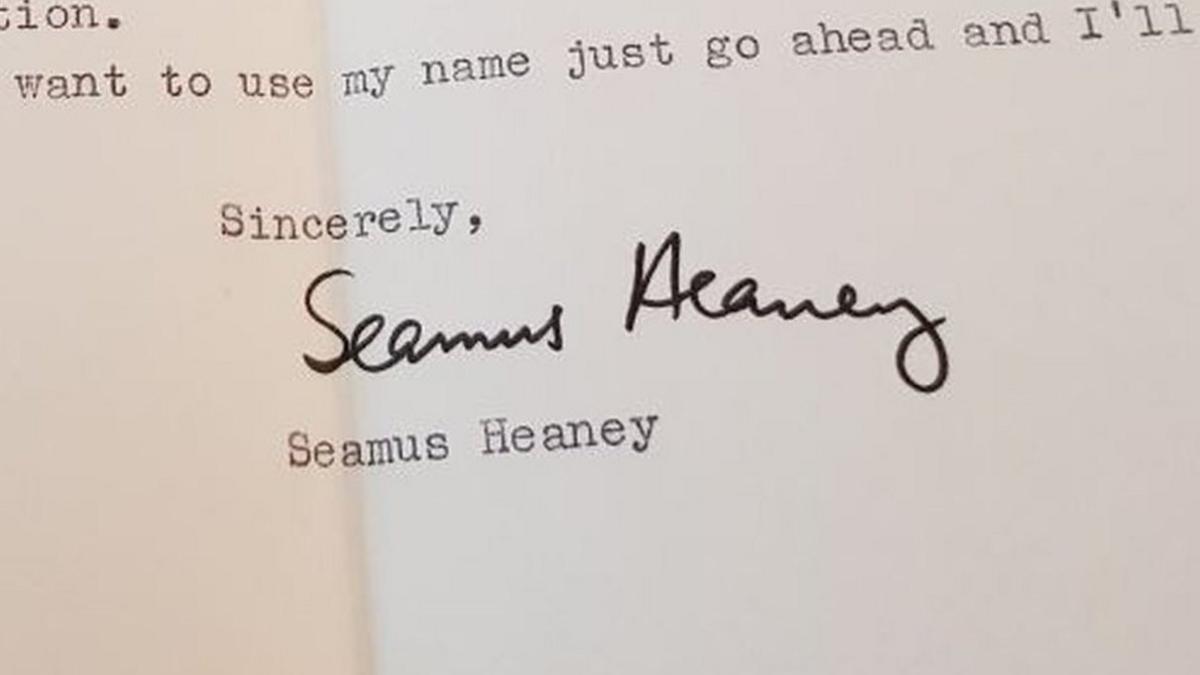
- Published30 August 2013
